choices among fluorescent bulb types
rockyfarm
17 years ago
Related Stories
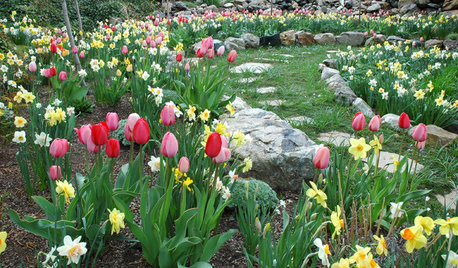
GARDENING GUIDESGardening With Kids: How to Plant Bulbs
You don't need expertise to get flowering bulbs in the ground in fall — but kids will feel like gardening pros come spring
Full Story
FUN HOUZZ10 Things People Really Don’t Want in Their Homes
No love lost over fluorescent lights? No shocker there. But some of these other hated items may surprise you
Full Story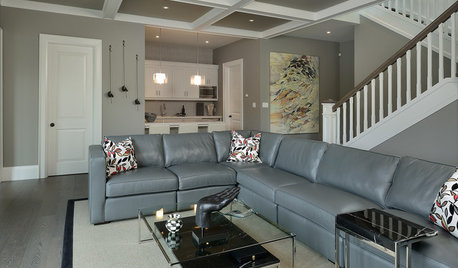
COLORWant Gorgeous Interior Colors? Look to the Light
See how to manipulate natural and artificial light — and learn about those baffling new bulbs — to get the exact room colors you want
Full Story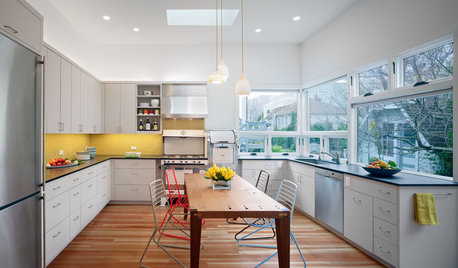
KITCHEN DESIGNThe Ecofriendly Kitchen: Light Your Kitchen Right
Harnessing the daylight is a terrific choice for earth-friendly kitchens, but it's not the only one
Full Story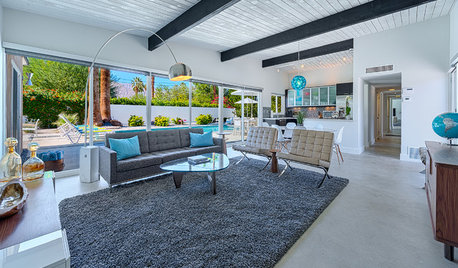
LIGHTINGBask in Lamplight's Comfort This Season
Get pro insight on lamp styles, shades and ever-confusing bulbs to enjoy the benefits of lamplight on long, cold nights
Full Story
SPRING GARDENINGTop 10 Scented Plants for Your Garden
A palette of perfumed plants can transform even the smallest of gardens into a sensory delight
Full Story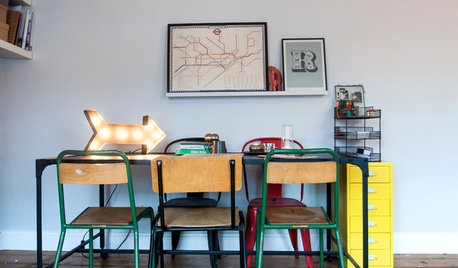
LIFEFun Houzz: 14 Signs You’re an Interiors Geek
Are you obsessed with interiors? It’s OK, you can admit it — you’re among friends
Full Story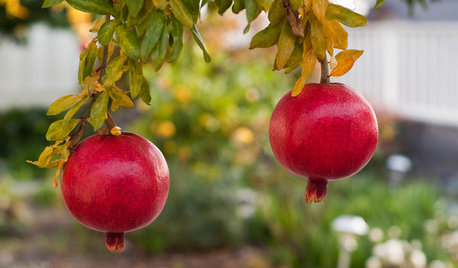
GARDENING GUIDESNorthern California Gardener's October Checklist
It's still a great time to plant flowers, vegetables and even bulbs in California gardens this month, thanks to predictably mild weather
Full Story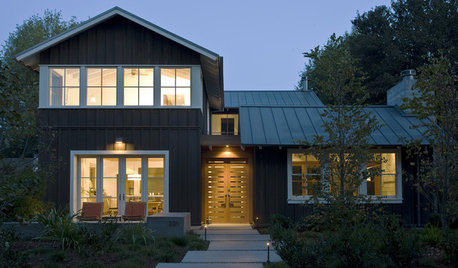
LIGHTINGHow to Choose the Right Solar Lights
Learn about different types of outdoor solar lights, where to use them and why you might want to avoid the bargain bin
Full Story
GREEN BUILDINGConsidering Concrete Floors? 3 Green-Minded Questions to Ask
Learn what’s in your concrete and about sustainability to make a healthy choice for your home and the earth
Full StorySponsored
More Discussions


highjack
shrubs_n_bulbs
Related Professionals
Carlisle Landscape Architects & Landscape Designers · Elgin Landscape Contractors · Bedford Heights Landscape Contractors · Methuen Landscape Contractors · Tamarac Landscape Contractors · Ashland Fence Contractors · Cockeysville Fence Contractors · Collierville Fence Contractors · Englewood Fence Contractors · Fallbrook Fence Contractors · Glenpool Fence Contractors · Markham Fence Contractors · Reisterstown Fence Contractors · Angleton Fence Contractors · Oklahoma City Roofing & GuttersrockyfarmOriginal Author
shrubs_n_bulbs
christianl
arcobill